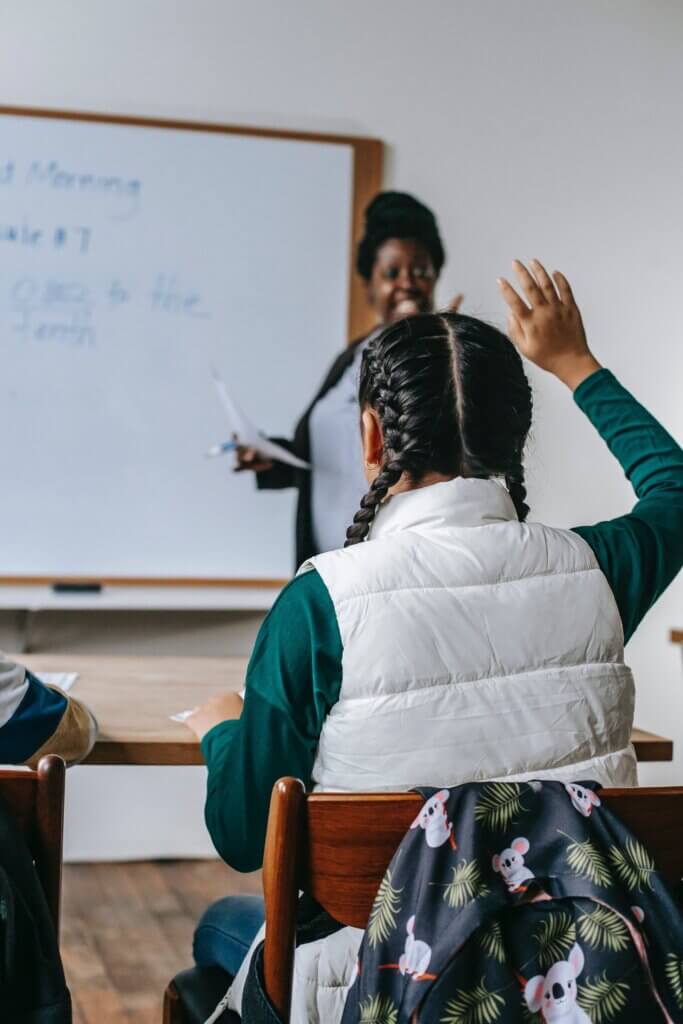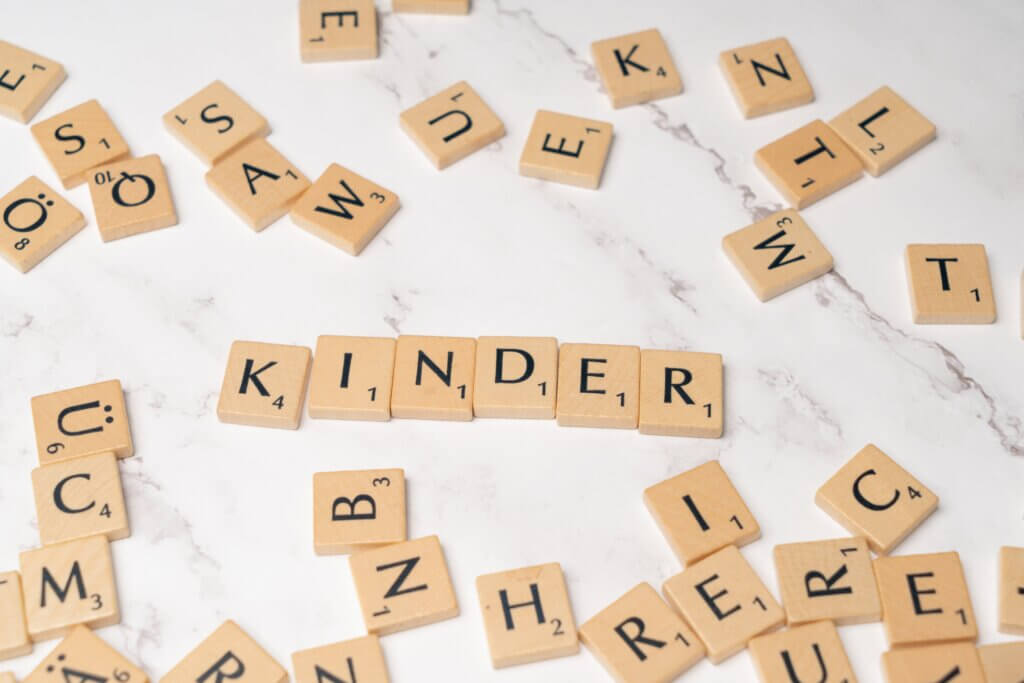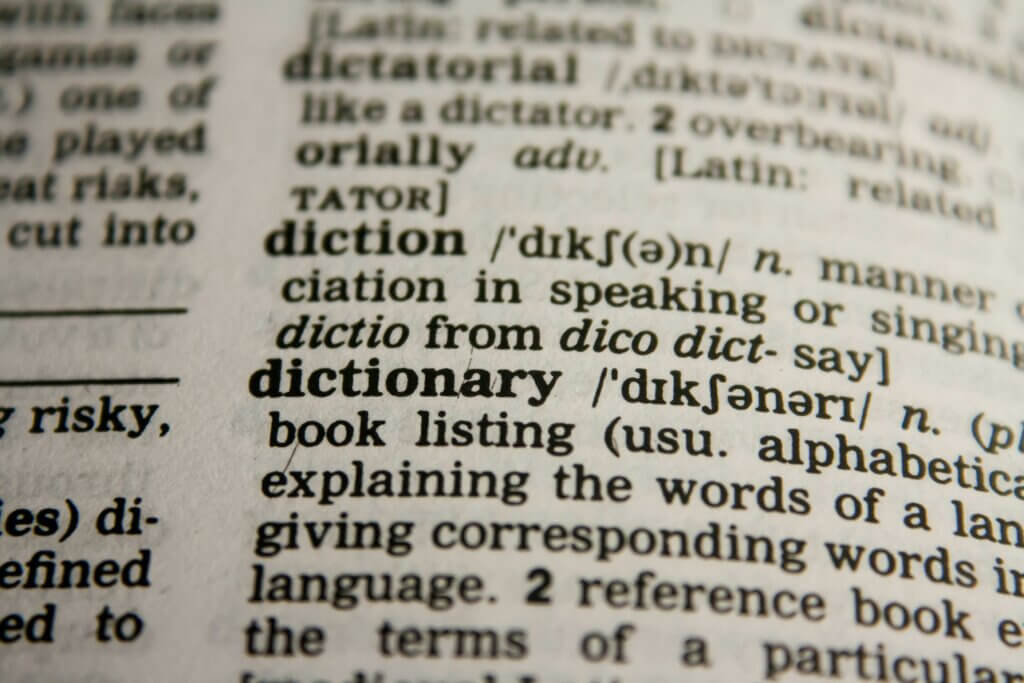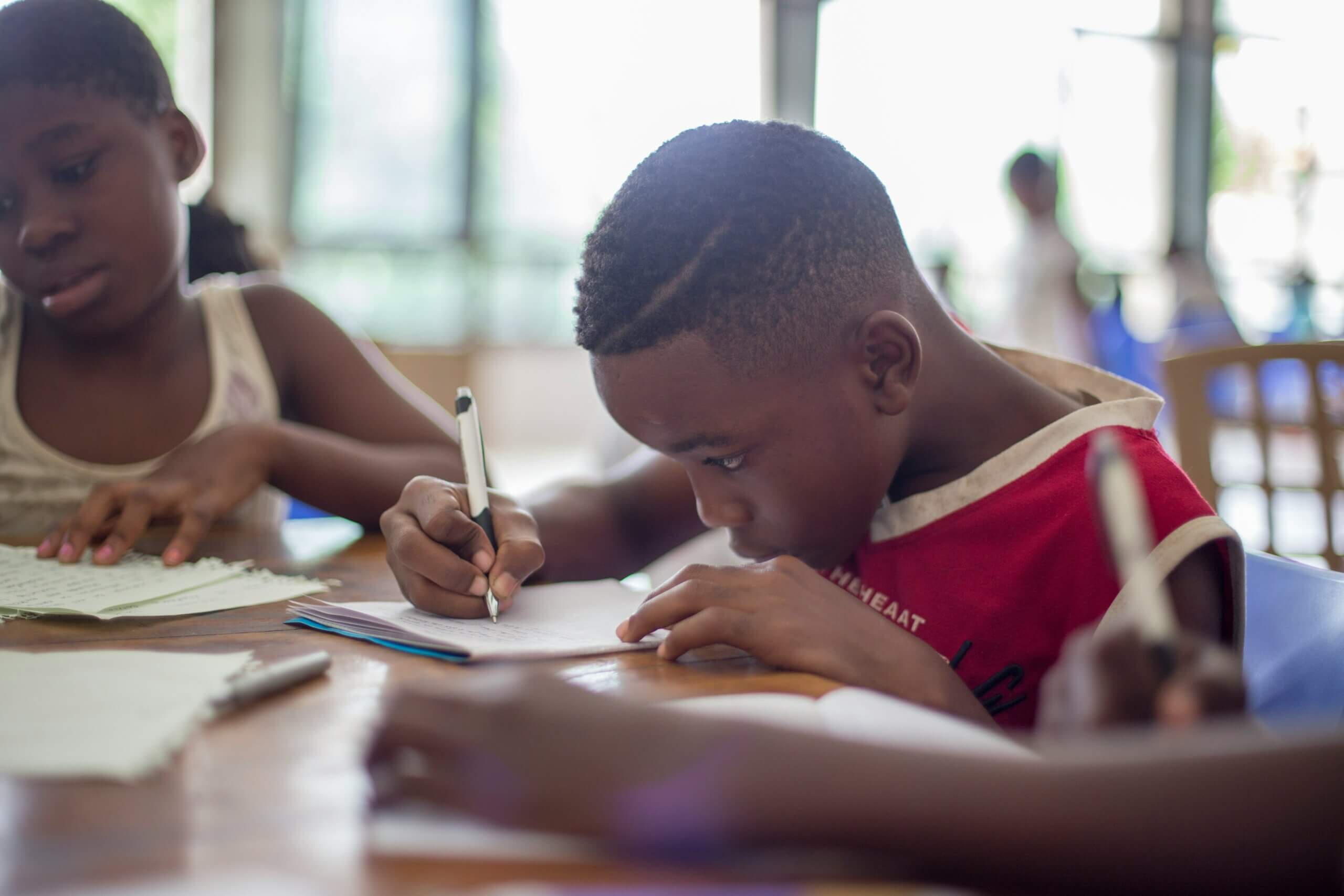In order to effectively support bilingual students in their learning journey, educators must utilize a range of essential pedagogical resources. These resources are designed to create an inclusive and supportive classroom environment while fostering the academic and linguistic development of bilingual students. This report will outline the key pedagogical resources that are crucial for the success of bilingual students.
1. Culturally Responsive Teaching
Culturally responsive teaching plays a vital role in supporting bilingual students. By creating a classroom environment that values and respects their diverse backgrounds and experiences, educators can promote a sense of belonging and inclusion. British and French Academy emphasizes on this approach, ensuring that each student connects with the subjects taught by integrating cultural heritage (Beninese, Ghanaian and British). This method acknowledges and incorporates cultural diversity into all aspects of teaching, making learning more meaningful and relevant to students’ lives.

2. Language Instruction
Effective language instruction is essential for the language development of bilingual students. British and French Academy, integrates English language development and the Common European Framework of Reference for Languages (CEFR) with content learning. Teachers provide explicit instruction in vocabulary and grammar across all subjects. By embedding language instruction into content areas, students can simultaneously learn the English and French language while acquiring knowledge in other subject domains. This way students learn all subjects (maths, biology, computer science and more) in both languages.

3. Differentiated Instruction
Bilingual students come from diverse language proficiency levels. Therefore, educators must employ differentiated instruction techniques to tailor their teaching to meet students’ individual needs. British and French Academy modifies instructional strategies, materials, and assessments to accommodate the varying language abilities of students. By catering to their unique strengths and challenges, educators can ensure that bilinguals receive targeted support.

4. Multilingual Resources
Utilizing multilingual resources is essential for bilingual students. Bilingual books, dictionaries, and language learning apps can support students in developing their language skills in both their native language and English. These resources provide opportunities for bilinguals to enhance their language proficiency. By incorporating multilingual resources, educators at British and French Academy can help students navigate between languages and strengthen their overall language competence.

5. Technology Tools
Technology tools can significantly benefit bilingual students in their language learning journey. Language translation tools like Linguee and Deepl, online language learning platforms, and multimedia resources can aid in vocabulary acquisition, pronunciation practice, and language comprehension. These tools provide interactive and engaging opportunities for students to engage with language outside the traditional classroom setting. By integrating technology into language instruction, educators can enhance bilinguals’ language skills and make learning more dynamic and accessible.

6. Collaboration and Community Engagement
Lastly, collaboration and community engagement are critical for the success of bilingual students. Educators should actively collaborate with other educators, parents, and community members to support students’ language development and academic progress. This can involve families in the learning process, providing resources for parents to support their children’s language learning at home, and connecting students with relevant community resources and opportunities. By fostering a collaborative network, the education ecosystem can collectively work towards providing the best support for bilingual children.

In conclusion, supporting bilingual students requires a diverse range of pedagogical resources. Through the implementation of culturally responsive teaching, language instruction, differentiated instruction, multilingual resources, technology tools, and collaboration, educators can create an inclusive and supportive learning environment that promotes the academic and linguistic development of bilingual children.





